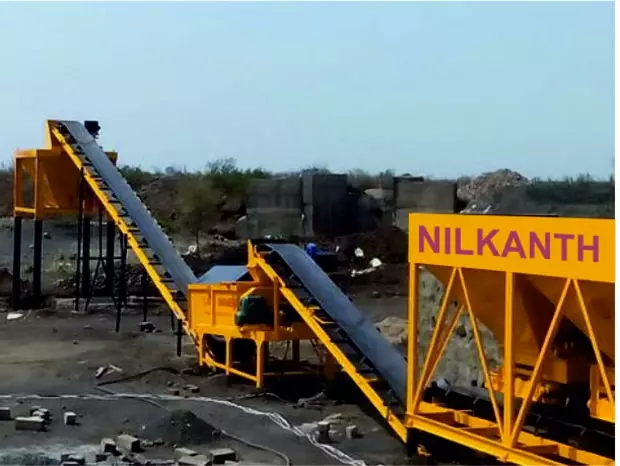Contact Us
RoadVision AI
Private Limited
Office No. 308 & 310, B Block
Ansal Chamber - 1, Bhikaji Cama Place,
Near Engineers India Limited (EIL) Bhawan, New Delhi - 110066
© 2024 | RoadVision AI | All rights reserved
The IRC Code 126-2017, issued by the Indian Roads Congress, is a definitive guide for using wet mix plants in highway construction. Wet Mix Macadam (WMM) is a superior alternative to the traditional Water Bound Macadam (WBM), offering better gradation, faster construction, and enhanced quality. This code provides detailed specifications and best practices for setting up, operating, and maintaining wet mix plants to ensure high efficiency and sustainable construction practices.

The wet mix plant plays a critical role in highway construction, producing a uniform mixture of aggregates and granular materials like sand, lime, or cement. The mix is used as a base or sub-base layer beneath bituminous layers. The code ensures that:
The guidelines in IRC Code 126-2017 cover:
Wet mix plants offer several benefits over conventional methods:
This ensures a steady flow of graded aggregates. Each feeder bin is designed to prevent intermixing, and vibrators are used to avoid sticking of fine aggregates.
The heart of the plant, the pug mill, performs forced mixing of aggregates, water, and additives. It ensures a homogeneous and consistent output.
Accurate water addition is facilitated by a spray bar and an electronic flow meter, ensuring optimal moisture content in the mix.
A centralized control cabin provides real-time monitoring and adjustments for efficient plant operations. Key parameters such as aggregate proportions, water quantity, and conveyor speed are tracked here.
Proper maintenance ensures the smooth functioning of wet mix plants:
Ensuring safety is critical for plant operations:
IRC Code 126-2017 emphasizes eco-friendly practices:
The IRC Code 126-2017 is a comprehensive guide for utilizing wet mix plants in highway construction. By adhering to these guidelines, engineers and contractors can ensure efficient production, consistent quality, and environmentally sustainable practices.
RoadVision AI is revolutionizing road infrastructure development and maintenance with its innovative solutions powered by computer vision AI. By leveraging advanced technologies, the platform conducts comprehensive road condition monitoring and traffic surveys, enabling early detection of surface issues like potholes and cracks for timely repairs and enhanced roads. Through traffic congestion analysis, RoadVision AI provides data-driven insights to address traffic congestion challenges and optimize road usage. With a focus on building smarter and more efficient road infrastructure, RoadVision AI ensures full compliance with IRC Codes, helping engineers and stakeholders reduce costs, minimize risks, and improve road safety and transportation efficiency.